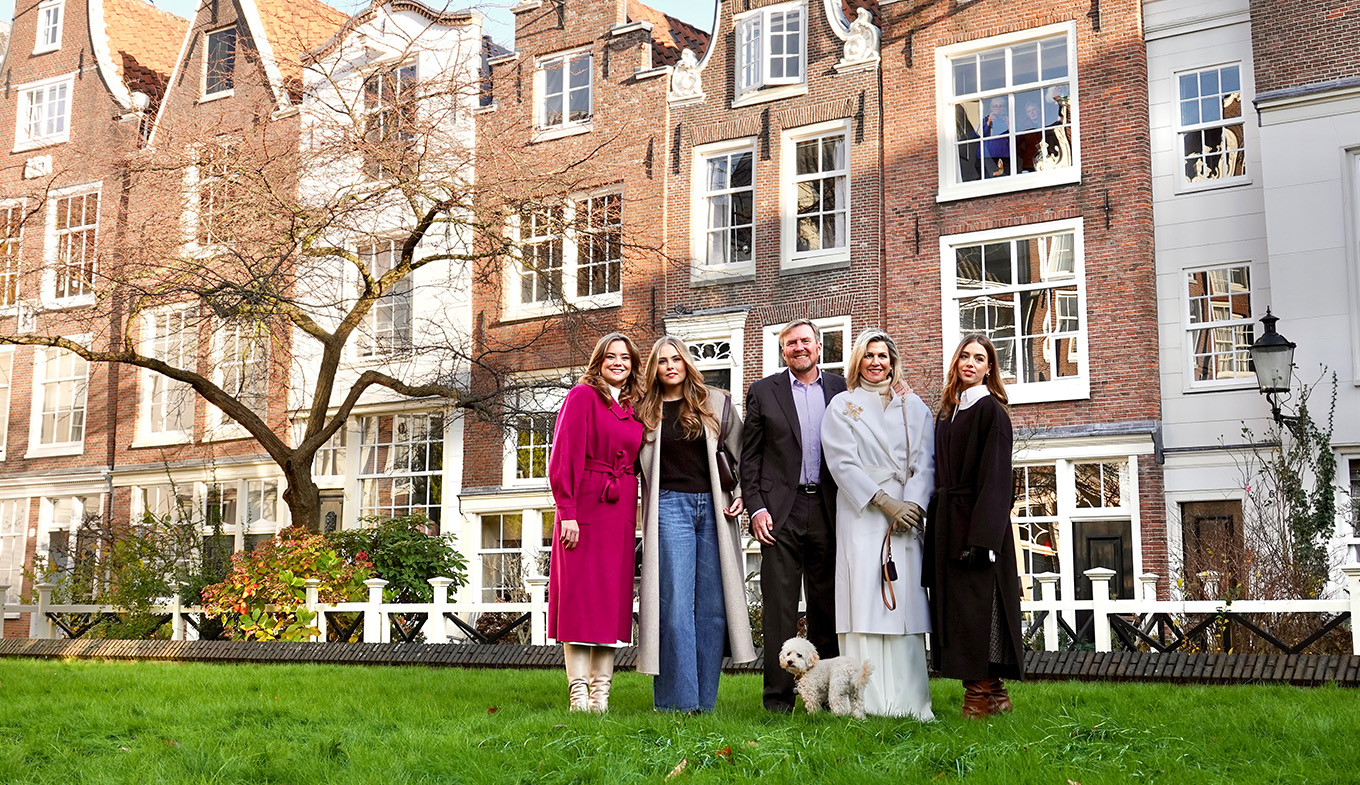
The Royal Family
Holland is a fairly young monarchy. Until 1795, the Netherlands was a republic, a federation of states. The Kingdom of the Netherlands was established in 1815, and King William I was its first ruler. The first king of Holland was from the House of Orange-Nassau. The origin of Holland’s motto, ‘Je maintiendrai (“I will maintain”)’, the colors of the flag and the national color orange may all be found in the House of Orange-Nassau. Princess Beatrix was the reigning monarch for over 30 years. In 2013 her eldest son, Willem-Alexander, succeeded to the throne. Curious about the role of the monarchy in the Netherlands? Just how popular is the Royal Family today? Read all about it.
What is the origin of the Orange-Nassau name?
The medieval Principality of Orange traces its roots back to René of Chalon, who inherited the sovereign principauté d'Orange (literally ‘Principality of Orange’) from his uncle, Philibert of Chalon. When René died childless in 1544, he left his inheritance to his German cousin, William of Nassau, who became the founder of the House of Orange-Nassau.
Orange was located in the south of France in what is now Provence. It came under the control of the House of Chalon when John III of Chalon-Arlay married Mary of Baux-Orange in 1386. This explains the origins of the Royal House’s French motto, ‘Je maintiendrai’ (I will maintain) and the hunting horn, which is still part of the Royal Family’s coat of arms.
Nassau is a former German county, which became a principality and subsequently a duchy. In 1255, Walram II, Count of Nassau, and his younger brother Otto partitioned the county, which resulted in the Walram and Ottonian family lines. The House of Orange-Nassau descends from the Ottonian line.
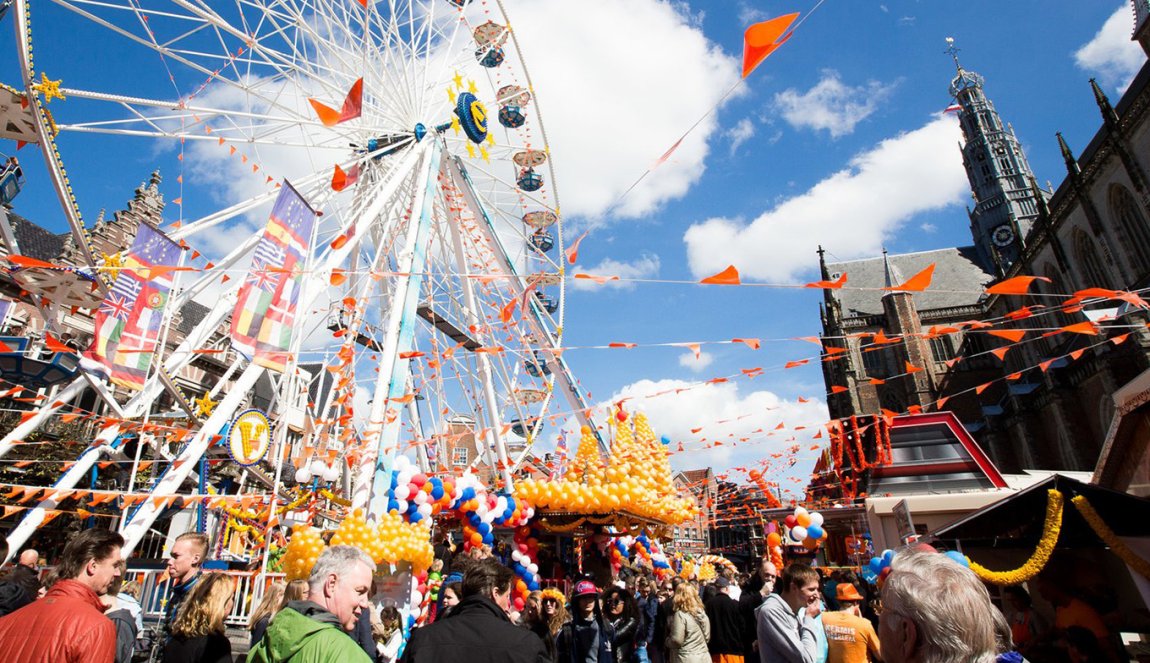
A brief journey through the Royal Family tree
The first king of the Kingdom of the Netherlands was William I. The first queen regnant of the Netherlands was Wilhelmina, who became Queen in 1898 after the death of her father King William III. As head of state, Queen Wilhelmina experienced two world wars and the decolonisation of Indonesia. The Queen’s steadfast attitude at that time earned her a great deal of respect at home and abroad.
Princess Juliana, the daughter of Queen Wilhelmina and Duke Henry of Mecklenburg-Schwerin, was born in 1909 and ascended the throne in 1948. The Netherlands underwent major changes during Juliana’s reign, such as the post-war reconstruction and the oil crisis of the mid-1970s. Like her mother, Juliana was beloved for her social involvement and informal demeanour. She married Prince Bernhard of Lippe-Biesterfeld in 1937 and gave birth to Princess Beatrix in 1938.
Princess Beatrix reigned as Queen from 1980 until her abdication in 2013. Prior to her marriage to the German diplomat Claus of Amsberg (Prince Claus) in 1966, Beatrix earned a law degree from Leiden University. She was highly regarded during her reign, always showed extraordinary dedication and was very knowledgeable and involved. In 1996, she received the prestigious international Charlemagne Prize from the German city of Aachen for her commitment to the unity of Europe. Beatrix is the mother of our current monarch, King Willem-Alexander of Orange-Nassau (b. 1967).
The King & his family
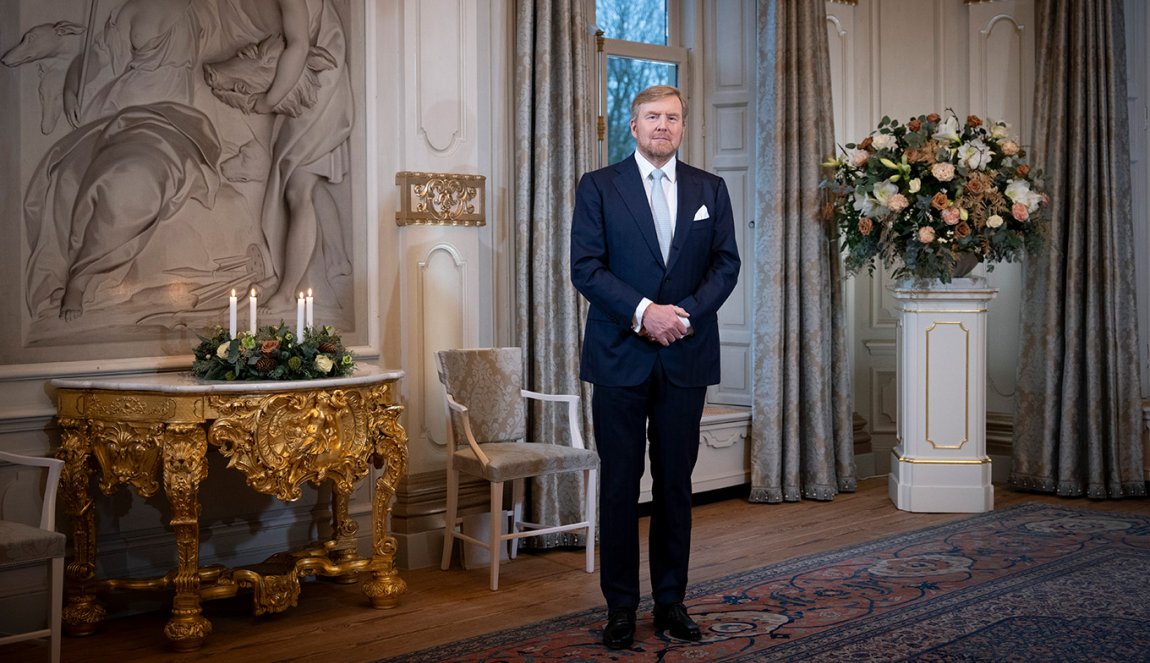
What makes Willem-Alexander such a special king?
For the first time since 1890, the Netherlands has a male monarch: King Willem-Alexander. Here’s some interesting information about his work and life.

Read more about Queen Máxima, the wife of King Willem-Alexander.
The Argentinian Máxima Zorreguieta is married to King Willem-Alexander and is Queen of the Netherlands. Read on for more interesting information about our Queen.
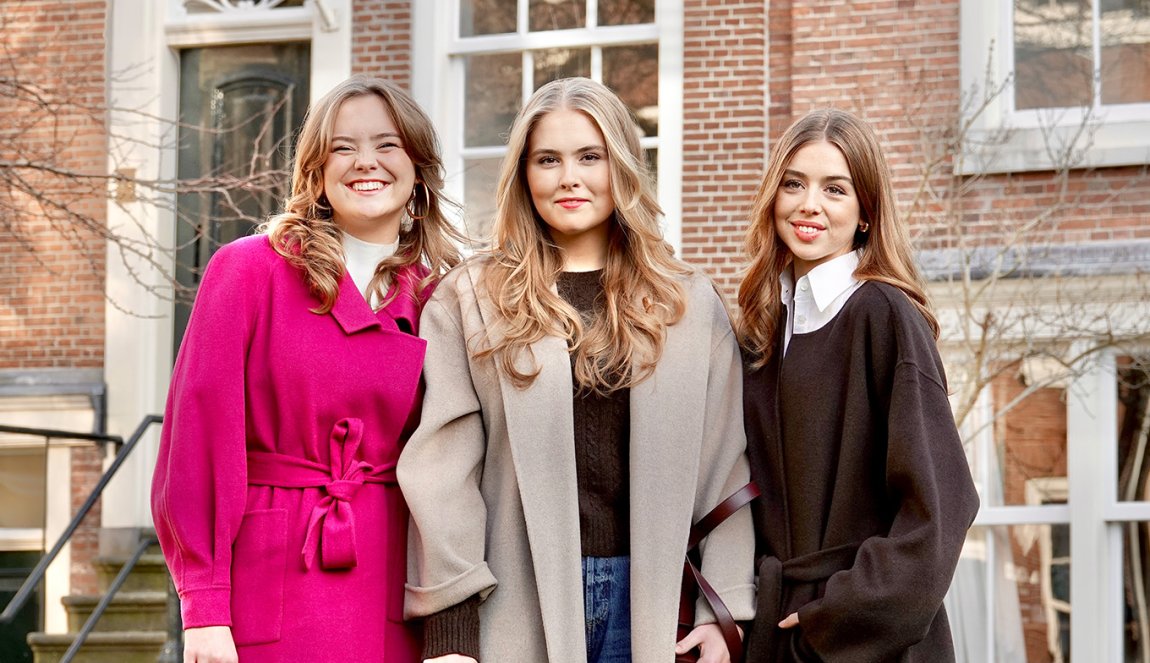
Princesses Amalia, Alexia and Ariane
Together, King Willem-Alexander and Queen Máxima have three daughters. Find out more about them and get to know the Princesses of Orange-Nassau.
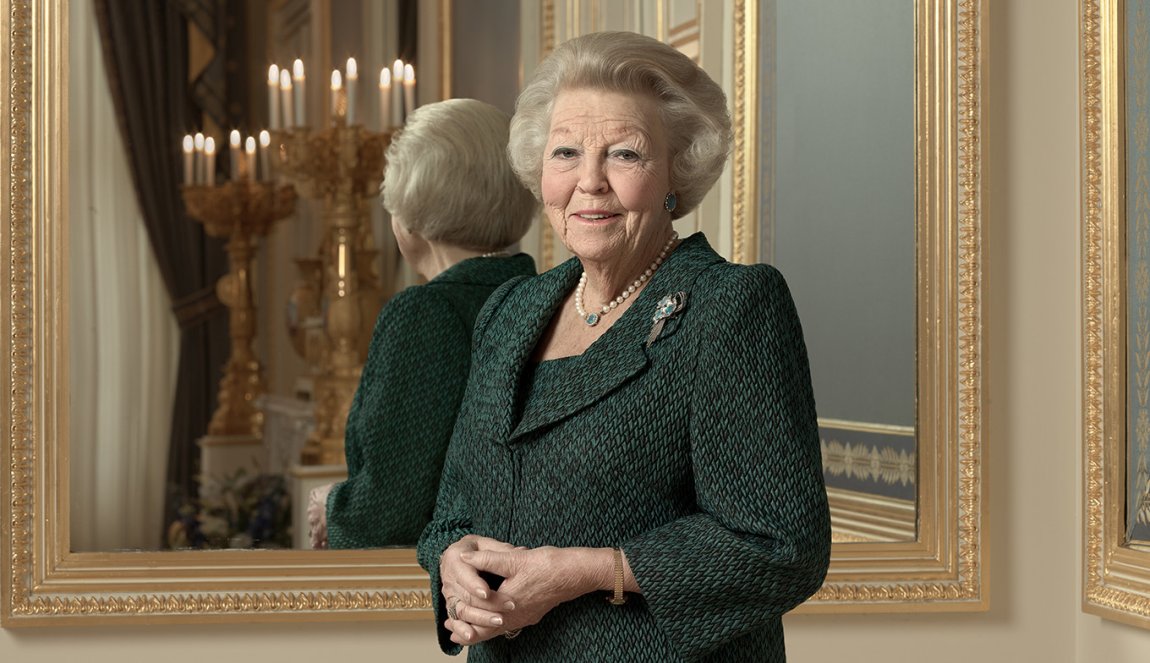
Read all about the life of Princess Beatrix
Read all about the remarkable life of Princess Beatrix, the Queen of the Netherlands from 1980 to 2013.
Origin of the Dutch flag and use of the colour orange
Many will recognise the red, white and blue tricolour of the Netherlands, but did you know that the flag used to be orange, white and blue? The earliest references to the Dutch flag date to the late 16th century when it was known as the Prince’s Flag. This flag bore the orange, white and blue livery colours of William of Orange. In 1652, the Prince's Flag was abolished, the orange stripe became red, and the Hollandsche Vlag (Flag of Holland) was introduced. This officially became known as the ‘Statenvlag’ (States Flag) in 1664. After the Netherlands regained its independence from France in 1813, both the orange, white and blue and the red, white and blue flags were reintroduced. In 1937, Queen Wilhelmina issued a decree that the colours of the Dutch flag are red, white and blue. The Orange pennant is still flown with the flag on special occasions such as King’s Day.
Visit the Dutch Royal Castles
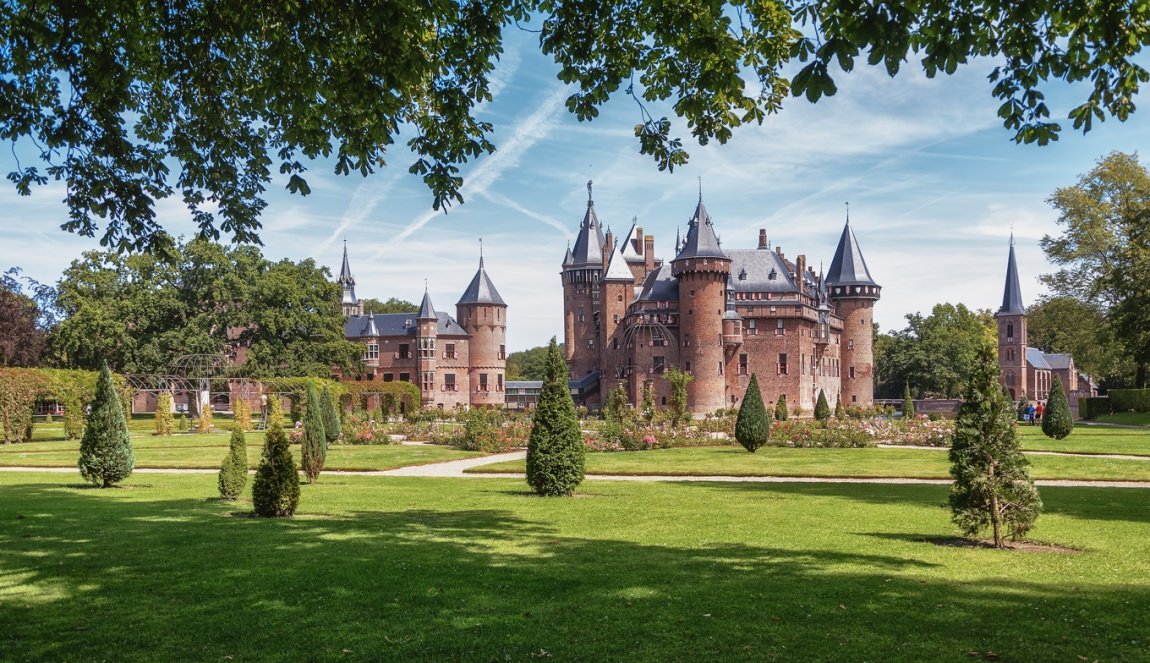
Visit the most beautiful Dutch castles and castle gardens.
Visit the most beautiful castles and castle gardens in the Netherlands and experience the rich history of these ancient fortresses.